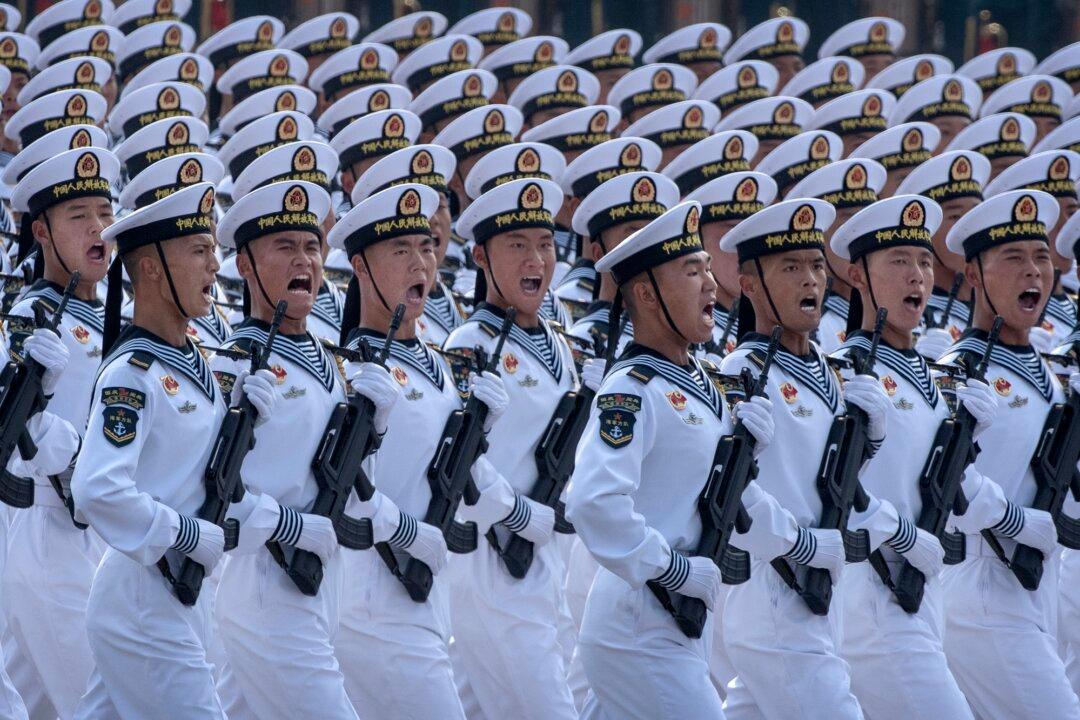Following the Chinese Communist Party’s (CCP) tradition every Oct. 1, when it celebrates the anniversary of the communist regime’s founding, Party leader Xi Jinping gave a speech at the gate tower of Tiananmen Square as he watched the military parade procession alongside other senior officials.
As this year was the 70th anniversary, the Party has organized especially grandiose festivities.





